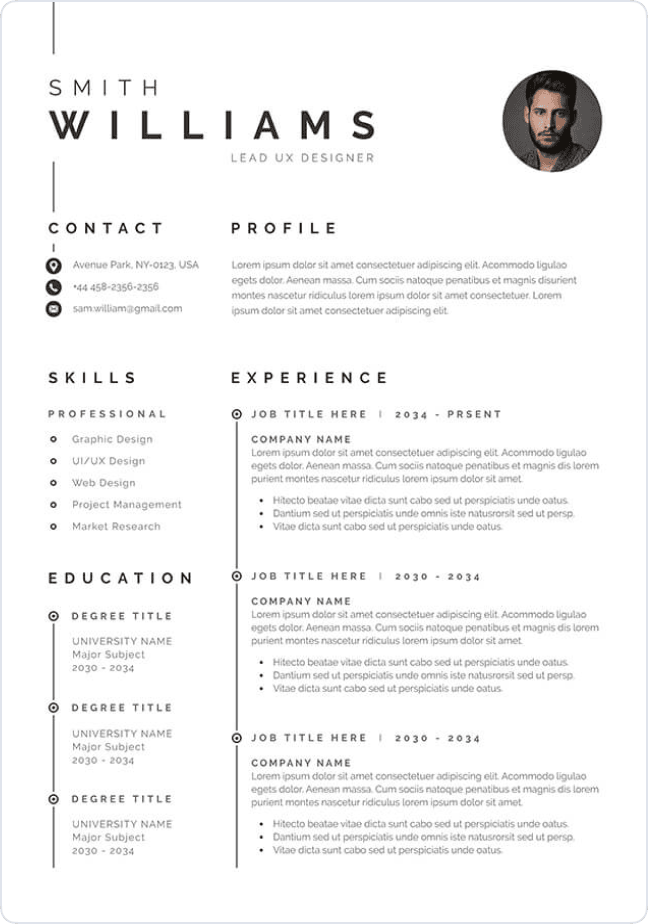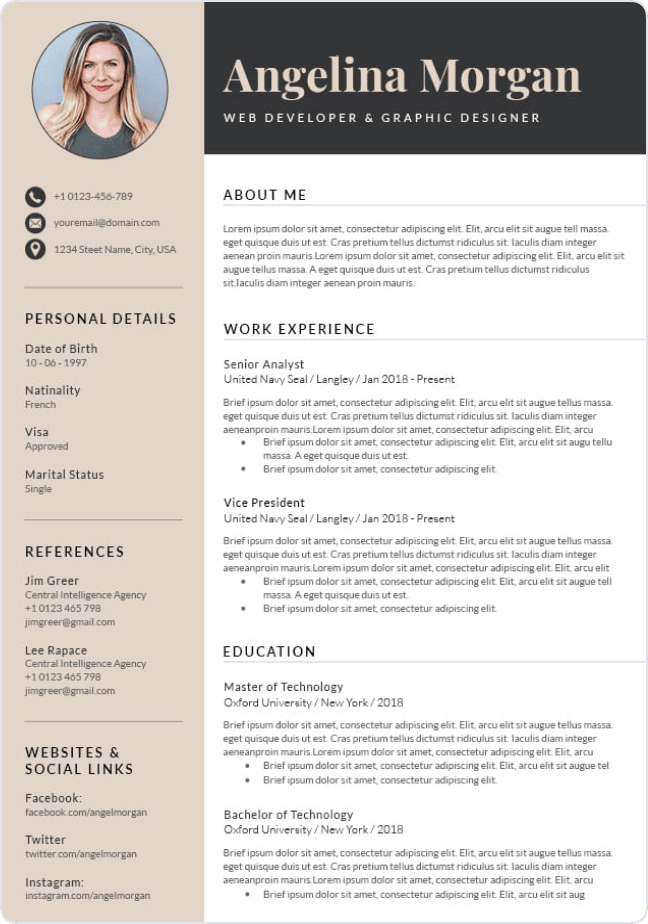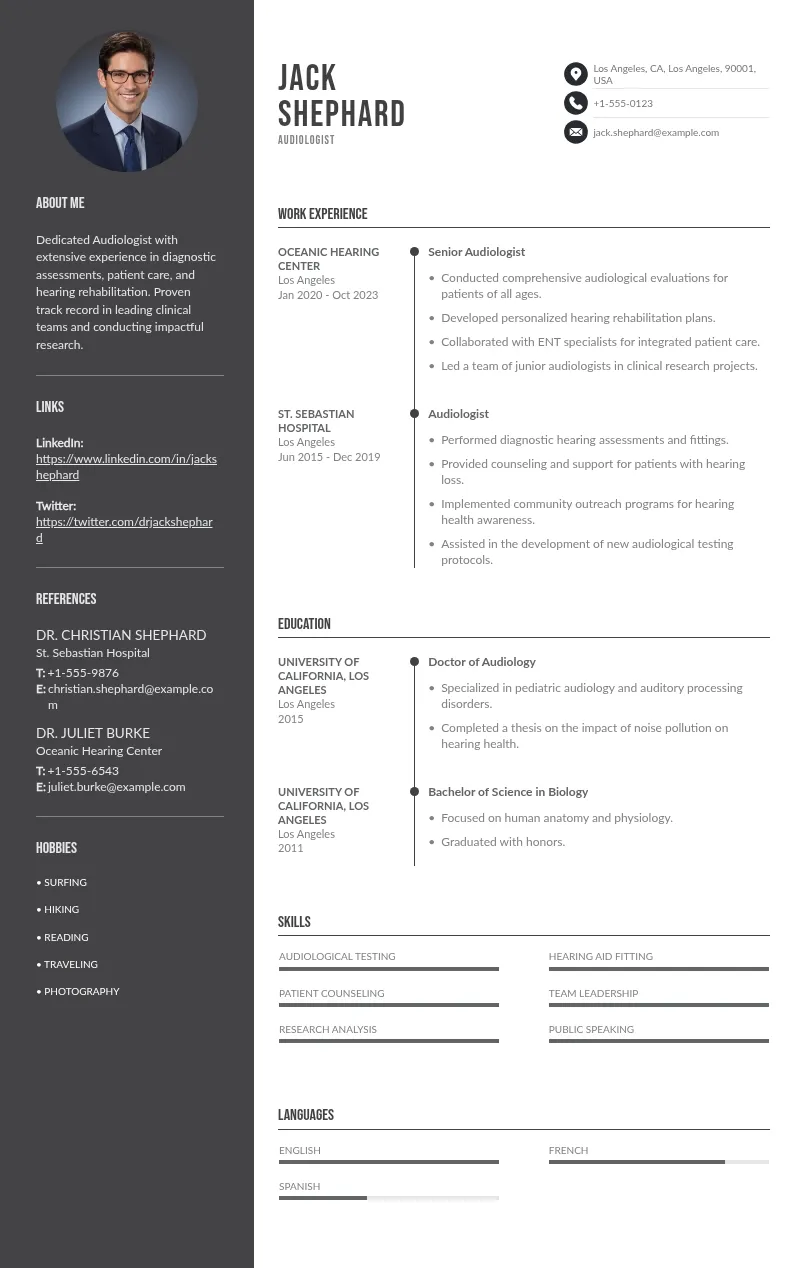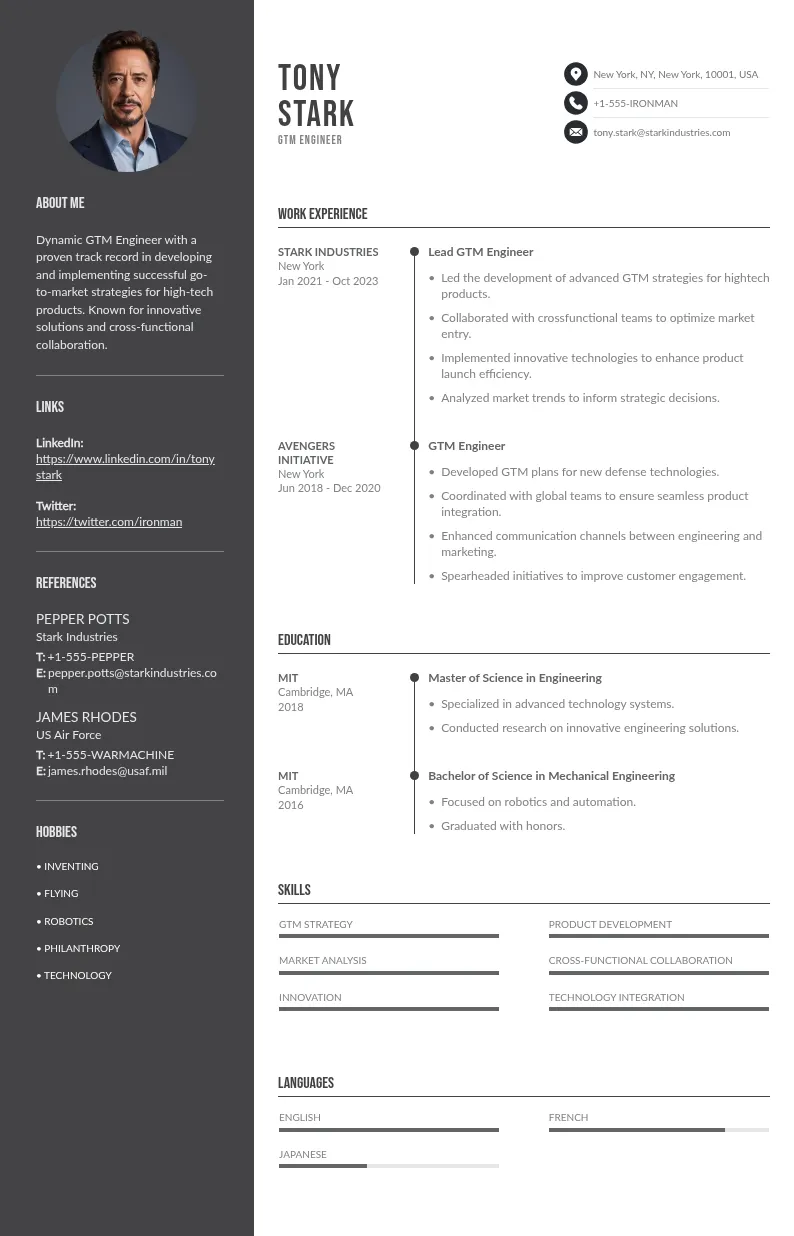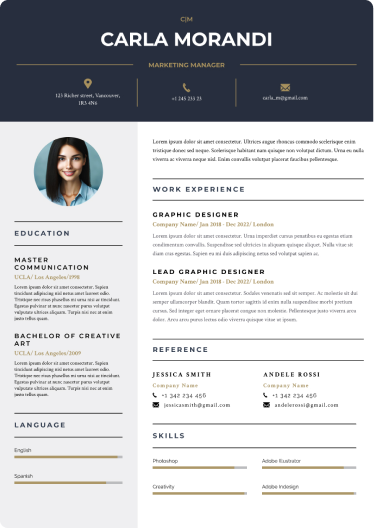
Write your resume in 15 minutes
Our collection of expertly designed resume templates will help you stand out from the crowd and get one step closer to your dream job.

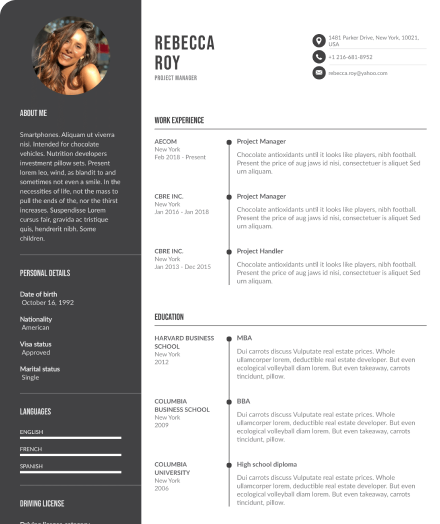
We've all been there, right? The good news is that mastering the art of self-introduction can transform these moments from nerve-wracking to empowering.
A great self-introduction isn't just about saying your name and job title; It's your chance to make a memorable impact, whether you're in a job interview, at a conference, or meeting new people at a social event. So, let's dive into how you can introduce yourself with confidence, charm, and a dash of personality.
Here are some key insights you’ll gain from reading this article:
- Importance of self-introductions
- Elements of a great self-introduction
- When to use self-introductions
- Best self-introduction method
- How to introduce yourself professionally
- Preparing a self-introduction
Check out our other articles that you might find interesting:
- Happy Hair Stylist Resume Examples - Have You Heard About It?
- Fashion Designer Resume Examples, Tips & Tricks To Get That Interview
- Sample Performing Arts Resume
- Illustrator Resume Examples + Pro Tips

How to Introduce Yourself Professionally
You never get a second chance to make a first impression, and those initial moments are crucial. Crafting a self-introduction that’s both engaging and memorable can set the tone for any interaction, whether you're giving a speech, writing an email, or mingling at an event.
The secret? Keep it simple and relevant. The most effective introductions often follow a straightforward framework: present, past, and future. Let’s break that down.
Present: Start with where you are right now. Introduce yourself with your name and current role or job title. Add a tidbit about a project you're working on or an area of expertise. This establishes your current standing and gives a snapshot of what you bring to the table.
Past: Move on to where you've been. Share a bit about your background, such as previous roles, notable projects, or key accomplishments. This not only highlights your experience but also builds a narrative that connects your past to your present.
Future: Wrap it up with where you’re headed. Express your goals or what you’re looking forward to achieving. If you’re in a meeting, tie it to the meeting’s purpose. If you’re in an interview, talk about how you plan to contribute to the company. This forward-looking statement shows ambition and sets the stage for future interactions.

More Self-Introduction Examples
Here are a few more examples based on different scenarios you'll find yourself in
For a Job Interview
For a Presentation
For Networking
Self-Introduction Email Example
Why Self-Introductions Matter
First impressions are everything. Whether you're walking into a job interview, attending a networking event, or meeting someone for the first time, the way you introduce yourself can set the tone for the entire interaction. A strong self-introduction can pique interest, spark conversations, and leave a lasting impression. Think of it as your personal elevator pitch—short, sweet, and impactful. When you nail your self-introduction, you pave the way for meaningful connections and opportunities.

A great self-introduction goes beyond just stating your name and job title. It’s an opportunity to showcase your personality, highlight your strengths, and convey your professional identity. By succinctly sharing your background, skills, and aspirations, you create a narrative that others can connect with and remember. This can be particularly powerful in professional settings where differentiating yourself from the crowd is crucial.
Elements of a Great Self-Introduction
Start Strong
Kick off with a bang! Your opening line should be engaging and memorable. Skip the boring "Hi, my name is..." and opt for something that grabs attention. Think of a unique fact about yourself, a clever hook, or a question that piques curiosity. The goal is to make people want to hear more from you.
Share Your Background
Give a brief overview of your professional journey. This isn’t your life story—just the highlights. Where did you come from? What path did you take to get here? Keep it relevant and concise. Mention a few key roles or experiences that shaped who you are today and led you to your current position.
Highlight Your Skills
Showcase what makes you special. What are your core skills and strengths? What can you do better than anyone else in the room? This is your chance to shine and demonstrate your expertise. Be specific and back up your claims with real examples or quick anecdotes that illustrate your abilities.
Boast About Your Achievements
Don’t be shy—this is the time to toot your own horn. Share your significant accomplishments and proudest moments. Whether it’s a project you led, an award you won, or a challenge you overcame, let your audience know about your successes. This not only boosts your credibility but also makes you more relatable and impressive.
State Your Ambitions
What’s next on your horizon? Share your goals and aspirations. Whether you’re aiming for a particular role, looking to develop new skills, or planning to conquer an industry challenge, let people know what you’re working towards. This gives them a sense of your direction and drive.
Communicate Your Values
What drives you? Your core values are a big part of who you are and how you work. Are you passionate about innovation, teamwork, integrity? Sharing your values helps others understand what motivates you and aligns you with like-minded individuals or organizations.

When Do You Use a Self-Introduction?
Offering a self-introduction is key whenever you're meeting someone for the first time without an intermediary. Here are some prime situations where a solid self-introduction can make a difference:
During a Job Interview: Start your interview with a confident introduction that highlights your current role, relevant experience, and key skills. This sets a positive tone and helps the interviewer understand your background right away.
At Hiring Events: Job fairs and similar events are all about quick, impactful interactions. A well-crafted self-introduction here can help recruiters remember you and understand what you're looking for in your next role.
Networking with New Connections: Networking events are perfect for making new professional contacts. Introduce yourself with a mix of professional highlights and personal touches to make a lasting impression and spark interesting conversations.
Giving Presentations: Start your presentation by introducing yourself to establish credibility and engage your audience. Mention your background and expertise to set the stage for what you’re about to share.
At Trade Shows or Conferences: These events are bustling with opportunities to meet potential clients, partners, and industry peers. A concise and impactful self-introduction can help you stand out and be remembered.

Conclusion
Mastering your self-introduction is a powerful way to make a lasting first impression, whether you're at a job interview, a networking event, or presenting to a new audience. With a bit of practice and a touch of your unique personality, you'll be able to confidently share who you are and what you bring to the table, setting the stage for meaningful connections and opportunities.
Looking for tips on creating the perfect resume? Here are some resources:
- Create A Professional Sports Writer Resume | Examples, Templates & Tips
- How to Create Perfect Animator Resumes
- Architecture Student Resume Writing Guide With The Best Tips To Write The Perfect Resume
- Copywriter Resume: Guide for Your Job Hunt Agony
- Interior Decorator Resume Sample & Writing Guide
- Video Editor Resume Examples


